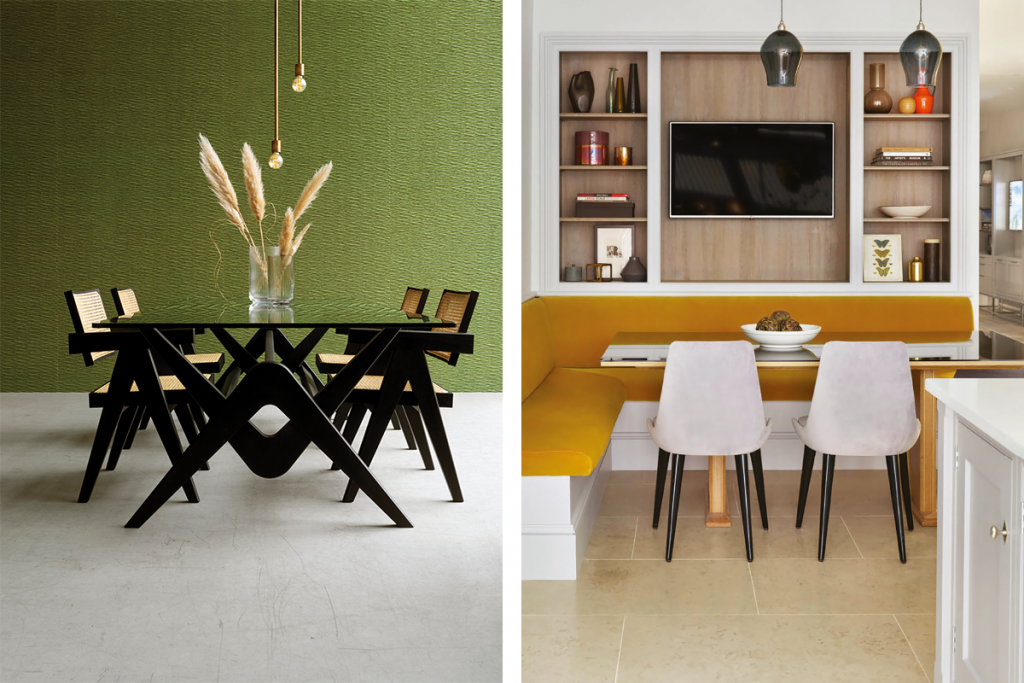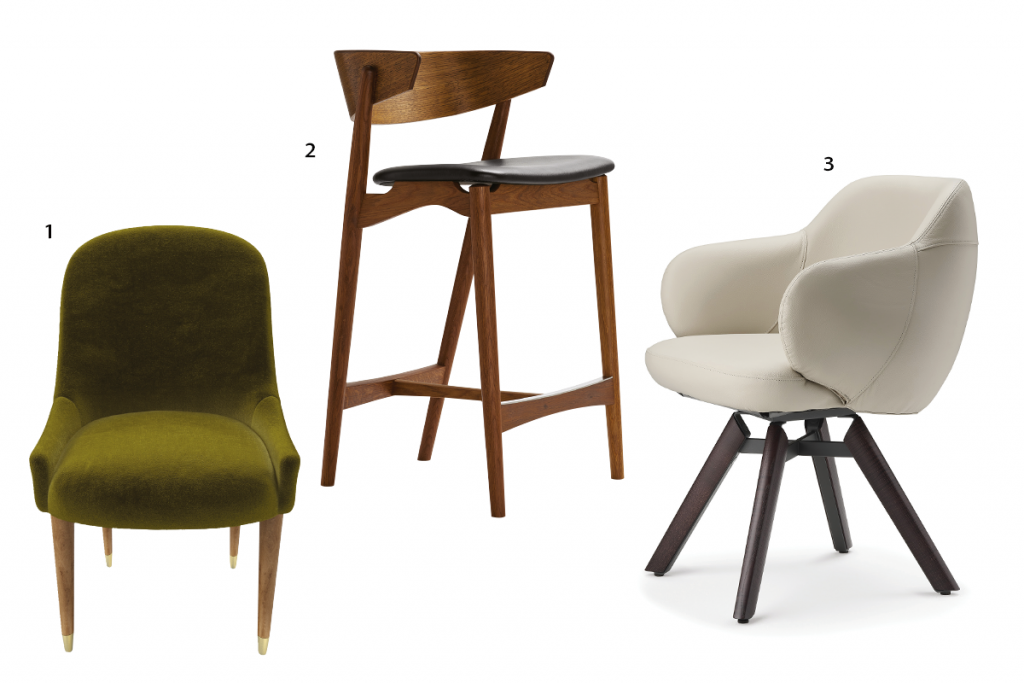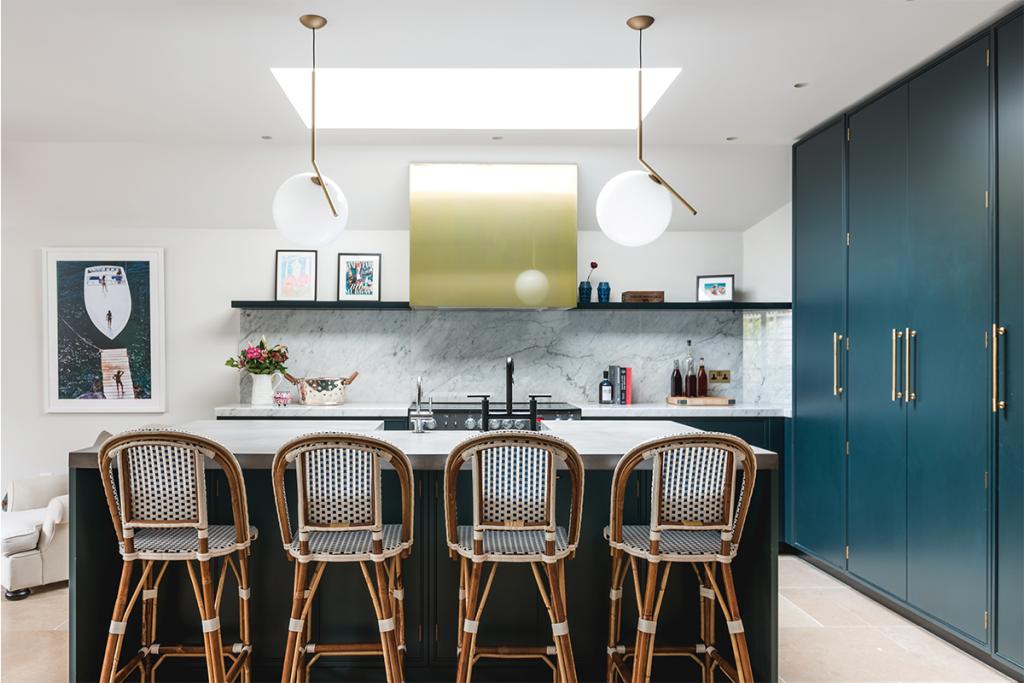Designated dining areas are on the menu

Where do you eat your dinner? Standing up at the kitchen counter in a hurry? From a tray on the sofa watching TV? It’s easy to slip into habits that stop us really savouring the joys of a meal with family or friends around a table, where the conversation and act of sharing quality time with each other is just as nourishing as the food on your plate.
No one is advocating a mass return to formal dining rooms with starched napkins and gravy boats (though if you do have such a space in your house, see overleaf for ideas on how to show it some love). What we’re really talking about here are ways to make everyday mealtimes sociable and enjoyable – and in many cases the best way to do this is in an open-plan kitchen diner.

This kind of layout encourages casual, inclusive eating. For a lot of us, cooking has switched from a dull chore to a genuine highlight of the day. Zoning and break-out points, islands and breakfast bars make it easy for the whole gang to be there without getting in each other’s way. These practical, functional settings are needed more than ever when so many of us are working from home and time is of the essence.
A designated dining area – a big wooden table in the middle of the kitchen, say – brings everyone together in a different way. It’s a special place, a central hub for entertaining, a family meeting point, and can even be a spot for some serene solo time.
Don’t have space for such a table? Clever interior design can come up with smart solutions for all sorts of layouts that span tricky nooks and odd corners, L-shaped rooms and galleys. Make the most of your room’s layout by turning these redundant spaces into your own bespoke dining area. Zone it by painting the walls, lighting it with new fixtures or laying different flooring – or a mix of all three. Furniture that sets it apart from the rest of the room will help achieve the same goal.

Be brave. Mimic sun-kissed landscapes with natural timber finishes. Contrast steel with jute, cane and wood accents. Consider dark paint on surfaces to connect task areas for visual coherence. Artwork adds personality and gilding adds richness. Textures such as wicker-backed bar chairs, meanwhile, will warm up a clinical, cool space.
If you do have a dining room that you don’t use much, changing the decor might improve the ambience. Don’t be afraid of colour. Red, green and mustard are believed to stimulate both appetite and conversation. Carry them through to a lively table setting with printed linen and fancy glassware, or choose one shade to define banquette seating. Rustic wood pieces, floral prints and characterful seating will give country-style charm.
A long dining table is many people’s first choice, but a circular table has advantages too – it can be easier to add in an extra place setting, for instance. Play up the shape by mounting round plates on walls. Why not get creative and hand-paint your wooden table – then add chairs in eye-popping colours? Just don’t blame us if your waistline expands with all the lovely communal meals ahead…

Time to lay the table… Check out these cool finishing touches





